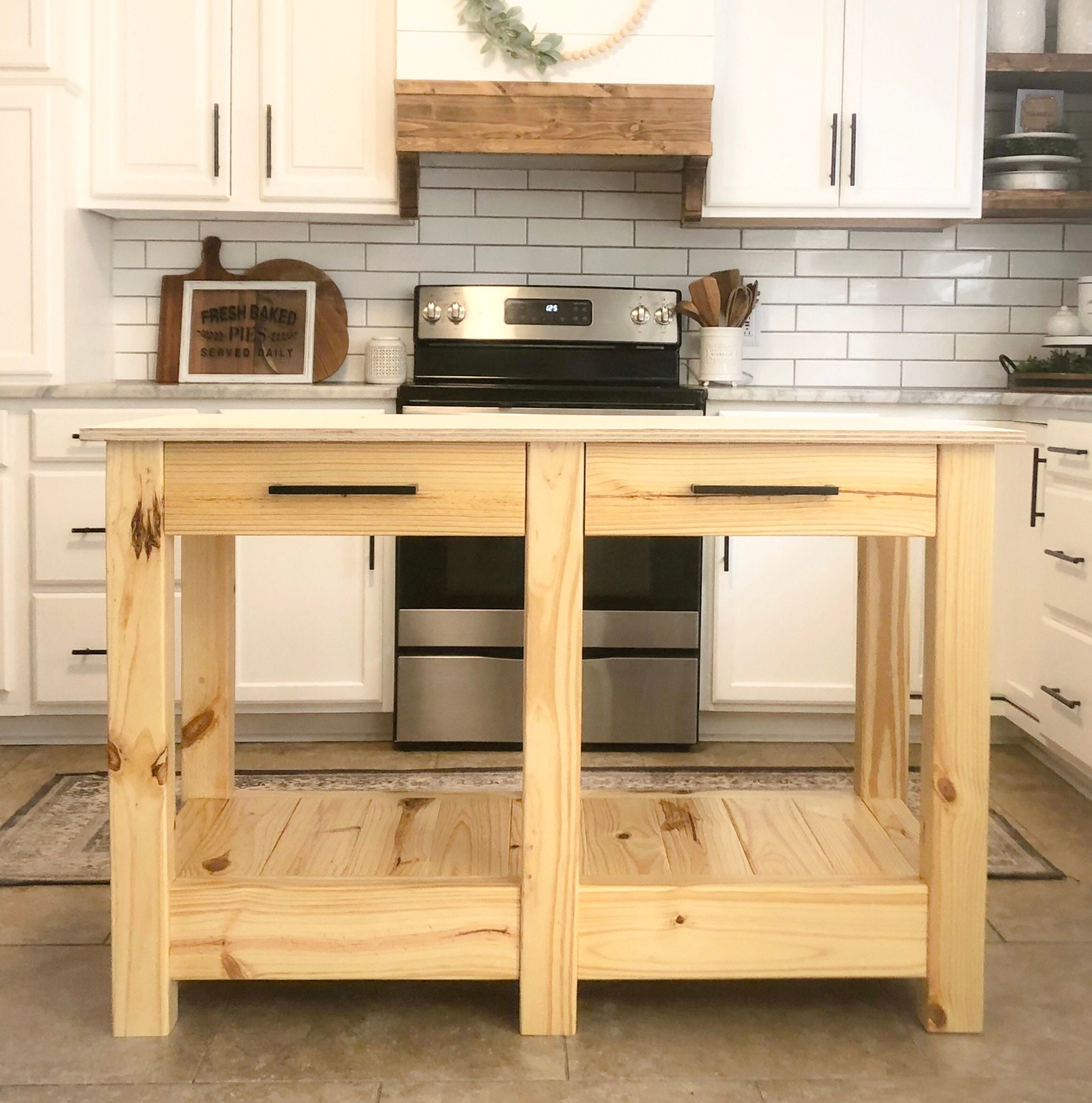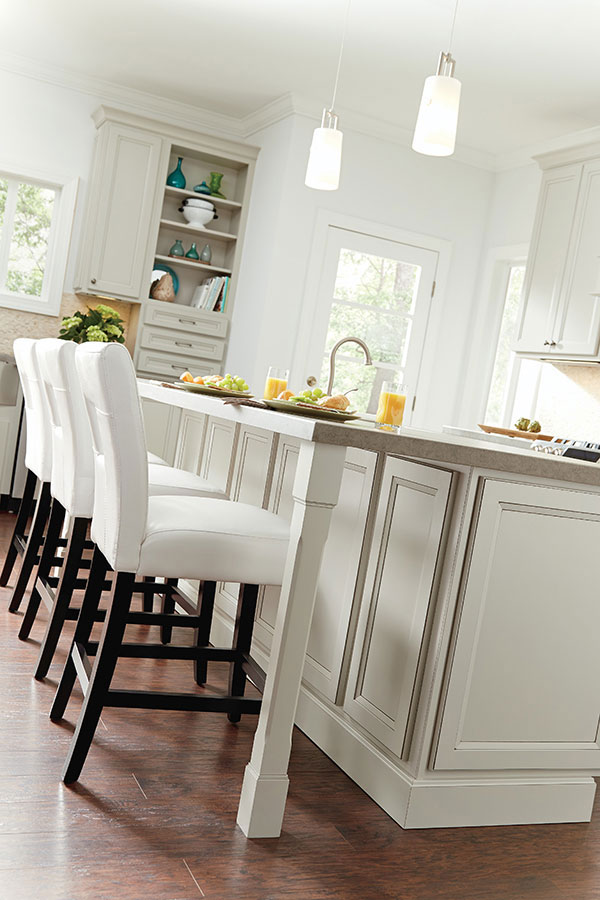Achieve an Advanced Appearance Making Use Of Ornate Legs For Kitchen Island Styles
Achieve an Advanced Appearance Making Use Of Ornate Legs For Kitchen Island Styles
Blog Article
Key Factors To Consider for Finding the very best Legs For Kitchen Island for Your Layout
When choosing the suitable legs for your kitchen area island, a number of key considerations enter play that can dramatically affect both functionality and looks. The option of height, product, and design have to line up with your total kitchen area design to make certain a harmonious appearance. Additionally, security and maintenance needs are critical for long-lasting use and simplicity of care. Recognizing these variables can improve your cooking area's usefulness and aesthetic appeal, but the subtleties of each consideration can typically be forgotten. What effects might these selections carry your kitchen's general environment?
Determine Your Style Preference
Establishing your design choice is important when choosing the excellent legs for your kitchen island. The legs of your cooking area island not only serve a practical objective yet also contribute considerably to the general aesthetic of the area. Recognizing your layout style-- be it modern-day, rustic, typical, or commercial-- is necessary.
For a contemporary kitchen, take into consideration smooth, minimalistic legs that complement open spaces and tidy lines. Typical cooking areas typically favor transformed or ornate legs, which can include a touch of beauty and refinement.
Furthermore, consider the elevation and percentage of the legs in connection with the island's surface area. This ensures the visual equilibrium and functionality required for day-to-day use. Examining the existing components in your kitchen, such as cabinets and devices, can also direct your choice, making sure cohesiveness in design. Ultimately, your style choice will certainly influence not only the selection of legs yet also the general consistency of your kitchen's design.
Pick the Right Product
Selecting the right material for your kitchen area island legs is critical in making sure both durability and aesthetic allure. Different products supply distinctive advantages, and the choice usually shows your style preferences and useful needs.
Timber is a prominent option, providing warmth and versatility. It can be tarnished or painted to match your cooking area style, making it versatile to different designs, from rustic to modern. Nonetheless, wood might call for regular upkeep to preserve its appearance and stability.

If you seek a distinct touch, consider acrylic or glass products. They can produce an impression of space and lightness in your cooking area, making them an outstanding selection for smaller areas - Legs For Kitchen Island. These choices might require cautious handling and upkeep to avoid scrapes.
Inevitably, the product you choose must straighten with your kitchen's general layout, guaranteeing that the legs offer both attractive and functional purposes.
Take Into Consideration Height and Proportions
When making a kitchen island, height and percentages play a critical role in making certain capability and convenience,. The standard elevation for a kitchen island generally varies from 36 to 42 inches, lining up with traditional counter heights or bar heights, specifically. More Bonuses This dimension is important for balancing with surrounding feceses and kitchen counters, enabling simplicity of usage throughout meal preparation and social interactions.
In addition, the island's percentages should complement the total cooking area format. Take into consideration the proportion between the island's width and length, ensuring it gives adequate surface location without crowding the kitchen.
In addition, the height of the legs or base can affect the visual allure and performance. Taller legs may provide a more contemporary, airy feel, while much shorter ones can evoke a traditional, based look. Ultimately, thoroughly thinking about height and percentages will lead to a kitchen island that is both functionally effective and visually attractive, enhancing the total layout of the area.
Assess Security and Resilience
A cooking area island's legs must not only enhance its height and proportions however additionally provide appropriate security and durability to support everyday tasks. The legs are necessary to the general capability of the island, as they bear the weight of the countertop and any type of extra lots, such as appliances or food preparation tasks.
When examining security, it is critical to consider the leg design and material. For instance, strong steel or strong wood legs usually offer superior strength compared to lighter materials like engineered wood or plastic. Furthermore, a broader base can improve stability, decreasing the risk of wobbling or tipping throughout usage.
Durability is just as important; the legs should stand up to damage from day-to-day usage. Think about surfaces that safeguard against scrapes, damages, and dampness, specifically in a kitchen area environment. Assess the quality of building and construction, such as fastenings and joints, which can considerably influence the legs' lasting performance.
Inevitably, buying well-crafted legs that focus on stability and longevity will ensure your kitchen island continues to be a trustworthy office for years ahead, improving your culinary experiences while preserving aesthetic charm.
Element in Upkeep and Care
Upkeep and care are essential factors to consider for ensuring the long life and performance of cooking area island legs. When selecting legs, it is necessary to assess the products used, as various options need differing levels of maintenance. For instance, wood legs may need routine refinishing or sealing to stop moisture damage and scrapes, while metal legs may require regular polishing to preserve their sparkle and avoid corrosion.
Moreover, the surface put on the legs top article can influence maintenance requirements. A high-gloss covering might be easier to clean however can show finger prints and scrapes quicker than a matte coating. It is recommended to choose materials and finishes that complement your way of living; for instance, if you regularly host events, choose long lasting products that can withstand damage.
Furthermore, take into consideration the cleaning procedure included in preserving these legs. Smooth surface areas commonly call for marginal initiative, while complex styles may collect dirt and gunk, requiring even more labor-intensive cleaning methods. Legs For Kitchen Island. Eventually, factoring in the upkeep and treatment required for your chosen kitchen island legs will certainly not just improve their aesthetic allure but additionally guarantee their practical stability with time
Verdict
Finally, picking the ideal legs for a kitchen area island demands mindful consideration of various variables, consisting of design style, material selection, elevation, stability, and maintenance. Each element plays a vital function in guaranteeing that the legs not only boost the aesthetic appeal of the cooking area however also give the needed click here to find out more support and resilience for day-to-day usage. A well-informed choice will eventually add to a practical and visually pleasing kitchen area environment.
The legs of your cooking area island not only offer a functional objective however additionally contribute dramatically to the general visual of the area.Upkeep and care are essential considerations for making certain the durability and efficiency of kitchen island legs. Wood legs may need periodic refinishing or securing to prevent wetness damages and scratches, while metal legs might need normal polishing to maintain their luster and prevent rust.
Inevitably, factoring in the upkeep and care required for your picked kitchen island legs will not just boost their aesthetic charm yet also ensure their practical honesty over time.

Report this page